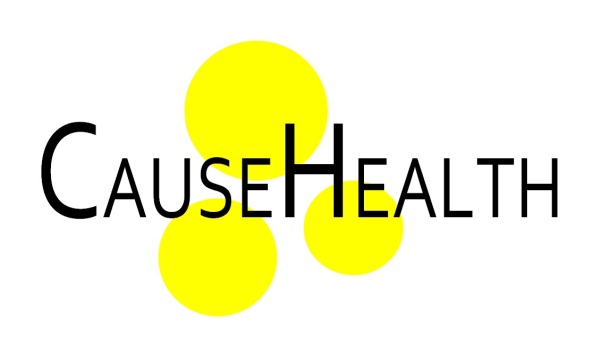by Stephen Mumford, Better Evidence for a Better Healthcare Manifesto
Science is a normative enterprise, it should be acknowledged, and this applies just as much to medical research. We need to know how empirical knowledge should be gathered. What methods and techniques should we employ in order for our results to be considered scientific? Indeed, we can think of the term ‘scientific’ as an honorific bestowed upon certain claims when they have been discovered and substantiated in the right way. It is plausible that science is actually constituted by the set of norms for its proper conduct.
However, it must also be conceded that these norms have been historically contested. Much of the philosophy of science has involved debate about what are the right norms for it to adopt. Should evidence always precede theory, for example, or must theory come first and then be tested against evidence? There are major questions like these which, despite the successes of science, are still up for debate.
The proper conduct of medical science is possibly at the forefront of this discussion. After all, whether we get the facts of causation right in this case can be a matter of life or death. So what does the proper conduct of empirical investigation amount to? Here is one proposal. The right methods of enquiry tend to get the medical facts right. We want the techniques that can tell us correctly when there is a bone fracture, for example, or that a back pain was caused by a lifestyle habit, or that a trial drug is causing such and such a side effect. We also want techniques that allow subsequent interventions so that we can correct or prevent unwanted effects and promote other changes that are beneficial.
Here is something distinctive about the dispositional approach, though. A good method tends to get the facts right; and the best method tends to get the facts right more than any other method. But a tendency is no guarantee. Even the best method can fail us sometimes, or be impossible to apply in some cases that matter to us. Randomised Controlled Trials might be good at uncovering some facts, for example, but they cannot tell us that love is the best thing for human wellbeing, even if that is the case. This impinges on the question of plural methods in medical research and the subsequent discussion of evidence hierarchies. Some methods of investigation will be better than others, we can concede, but that needn’t lead to a strict hierarchy in which lower-ranked evidence can never outweigh higher-ranked evidence. Our ranking should be based on which forms of evidence have the greatest tendency to deliver the true facts but this is consistent with a collection of lower-ranked evidence sometimes outweighing the findings of a higher-ranked form of evidence.
The danger of an evidence hierarchy, then, is that no matter what the intentions were in its original formulation, it might subsequently be interpreted dogmatically. The move to a dispositional reading is subtle but nevertheless important. It allows us to accept both that some forms of evidence are better than others while also being serious pluralists about the forms of evidence we should consider. All good evidence should then be under consideration.


I am inclined to read Peter Lipton’s IBE account lurking just beyond the text in this one. Lipton has us thinking that loveliness of explanation should be the best predictor of likeliness of explanation. That is, the more elegant the explanatory cause inferred from the available evidence is, the more likely that explanatory cause correctly, or accurately, or pace antirealists, truly describes what “really” is going on. I’m sure Lipton would love to follow this discussion in a contemporary medical framework (not Semmelweis). Cheers- A
LikeLike